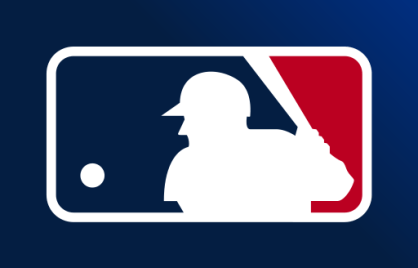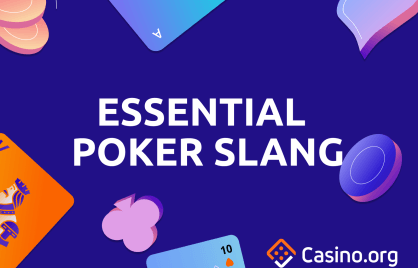The “Stop-Loss” and “Take-Profit” Strategy for Slots: How to Keep Your Wallet (and Sanity) Intact
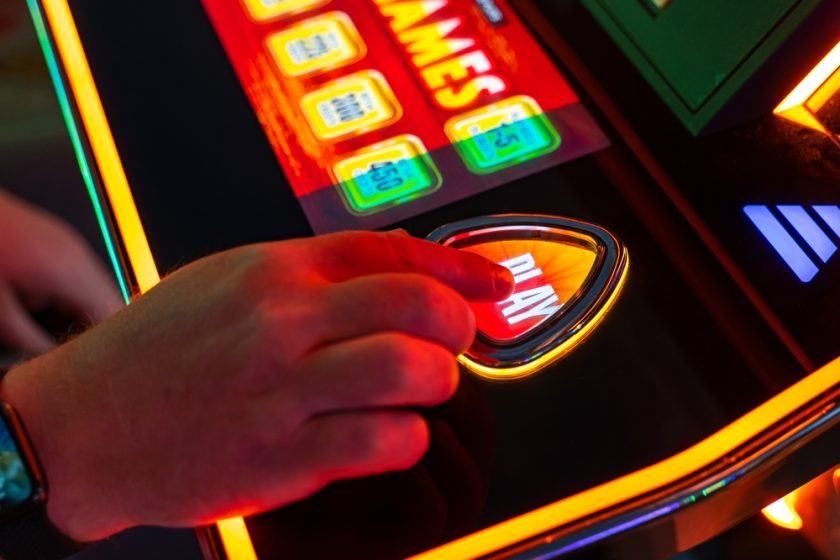
Summarize this post
Stop-Loss and Take-Profit Strategy: What You’ll Learn
- Understanding Stop-Loss and Take-Profit: Learn the fundamentals of the stop-loss and take-profit strategy, including what these terms mean and how they apply specifically to slot machines.
- Setting Personal Limits: Discover how to establish personal financial thresholds to ensure you don’t overspend while playing slots, helping you maintain control over your gaming experience.
- Psychological Benefits: Explore how implementing a stop-loss and take-profit strategy can reduce stress and enhance your enjoyment by eliminating the pressure of chasing losses or anticipating unrealistic wins.
- Practical Application Tips: Gain insights into practical steps for integrating these strategies into your gameplay, with advice on setting realistic limits based on your budget and gambling goals.
- Maintaining a Balanced Approach: Learn how to keep your gaming experience fun and rewarding by balancing ambition with responsibility, using stop-loss and take-profit strategies as tools for healthier gaming habits.
Ever sat down in front of a slot machine and thought, “Just one more spin…” – right before your entire budget vanishes into the neon abyss? Whether you’re in Vegas soaking in the lights or just playing a few rounds online on your couch in sweatpants, the highs and lows of slots are real.
That’s why every slot player needs a “slot survival plan” – basically a set of limits that help you walk away with some dignity (and maybe even some winnings). It borrows a trick from stock traders: set a stop-loss and a take-profit so you don’t end up chasing losses or giving back everything you won. It sounds fancy, but it’s really about knowing when to call it quits whether you win or lose.
Let me break it down in plain terms, with a few stories of the mistakes I saw during my time working in Downtown Las Vegas casinos.

Image Credit: WHYFRAME/Shutterstock
What Are Stop-Loss and Take-Profit (And Why Do They Matter)
Let’s keep it simple. A stop-loss is your “I’m done” line. It’s the amount you’re willing to lose before stepping away. Say you sit down with $100—maybe you tell yourself, “If I drop to $60, I’m out.” No exceptions.
You set it, you stick to it. (And yes, I know how hard that is when the machine almost lands that bonus. We all know that machine is due!).
On the flip side, a take-profit is the “I’m cashing out while I’m ahead” move. Same $100 session—if you’re lucky and hit $150, that’s your green light to quit while you’re up. Don’t do what I saw so many players do and keep spinning until you’re right back at zero thinking, “I can double it again!” This thought process almost always ends up with people crying or swearing and almost never ends in happy couples frolicking through the casino.
Stop-loss and take-profit are like the bumpers at a bowling alley – they keep you from going totally offtrack. They’re a tool that anyone can take advantage of regardless of experience level.
And trust me, after seeing a few too many late-night slot benders that resulted in people sleeping in the casino lobby or hitchhiking their way back to the airport in 114 degree heat, they’re tools that every gambler should know how to use.
Bankroll Management: The Unsexy Secret to Playing Smart
Let’s talk about the money part—your bankroll. Bankroll is the total amount of money specially designated to spend on a casino session. It should never be your rent money or your grocery budget. It should be money that if you lose it, it may sting, but it won’t jeopardize your safety or sanity.
For example, if you’re planning a trip to Vegas decide in advance the total amount you’re budgeting for gambling for the entire trip; let’s say $450 cash for a long weekend.
Split that into daily amounts and now you know you have $150 cash to spend on slots and table games each day. This can help you to avoid blowing in all on Friday night chasing some mythical hot machine that doesn’t exist.
It will also keep you accountable by making the amounts concrete in your wallet (versus some imaginary, poorly defined number in your head). Using cash (never credit) helps you keep track of exactly how much you’ve spent or have left to spend and reduces the temptation to use the oh-so-convenient casino ATM for “just one more buy-in”.

Image Credit: Dragana Gordic/Shutterstock
Here’s another trick: only bet 1-2% of your bankroll per spin. If you’ve got a bankroll of $100, that means $1 or $2 per spin. It slows down that ticking clock feeling and helps make each bet more intentional. It also gives you more time in the chair which can mean more free drinks (just remember to factor tips for the cocktail server into your total budget!).
Bankroll management might not sound thrilling, but it’s the secret weapon of anyone who wants to enjoy gambling without regret. The goal isn’t just to win – it’s to stretch your playtime and stay in control. It’s been said before, but it bears repeating that gambling is a form of entertainment and the successful gambler always treats it as such.
Slot Volatility: Know What You’re Spinning
Here’s a basic truth that a surprising portion of players don’t know: not all slots are created equal. Some machines are high volatility, and some are low. It’s like dating – some dates are high-risk/high-reward, and some are steady and dependable (unless you’re trying to date in Las Vegas, in which case, it’s always high risk and we advise you to not even attempt it…).
“Volatility” is a measure of how often a game has payouts. Neither “high” or “low” volatility is necessarily better but they are suited to different types of players based on personal preference and individual bankrolls.
High-volatility slots are ones that pay out less frequently but offer larger payouts when wins do occur. Think of games with massive jackpots or big bonus rounds – they’re exciting but brutal if your bankroll is limited.
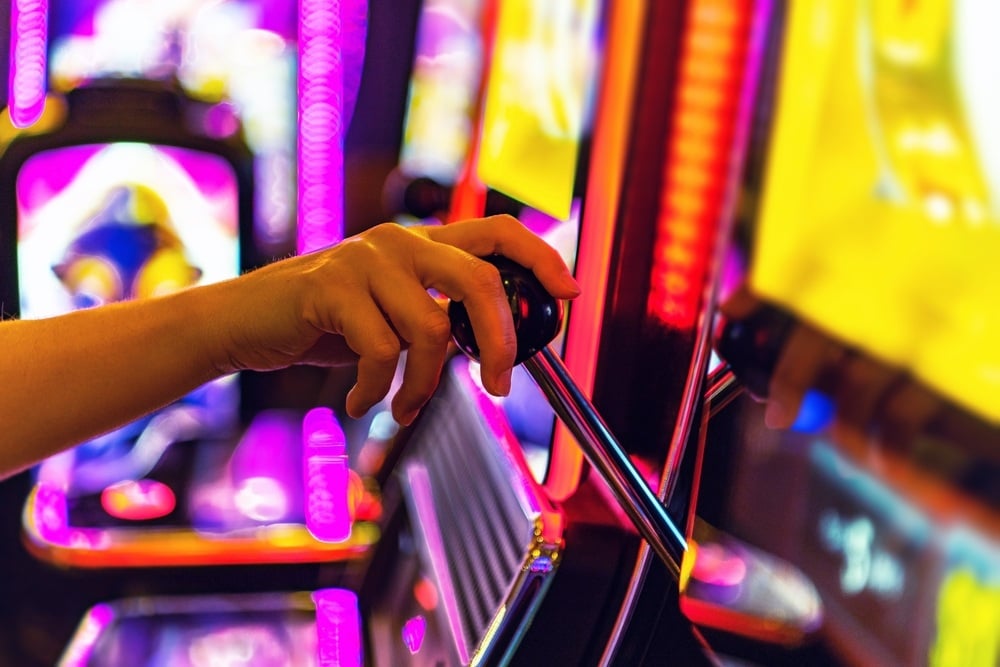
Image Credit: Virrage Images/Shutterstock
Low-volatility slots are more generous with small, steady wins, so they payout more frequently but with smaller amounts. Their money making M.O. is to keep you engaged and playing for as long as possible. Perfect for a chill afternoon when you’re more interested in soaking up the atmosphere and chilling rather than going for the big wins.
Many players don’t understand this variance in game style. They get frustrated after ten losing spins and think the machine is broken instead of realizing that they’re playing at a high volatility machine.
Knowing what kind of slot you’re dealing with helps you set realistic stop-loss and take-profit points. For high-volatility games, it’s smart to keep a tighter stop-loss (maybe 50% of your session bankroll) and a bigger take-profit goal. For low-volatility games, you can loosen up a bit which means more room to play, and smaller wins still feel like progress.
Discipline: The Toughest Part of Gambling (But Totally Worth It)
Here’s the part no one wants to hear: discipline is everything. Seriously. You can set the best limits in the world, but if you ignore them the second you’re down $20 or up $30, it doesn’t matter.
We’ve all been there—you hit your profit goal, and suddenly your brain goes, “Let’s double it!” Or worse, you hit your stop-loss and think, “Just another $20… I can win it back.” That’s the slippery slope, and it never ends well.
I have seen people go from being up hundreds of dollars to maxing out their credit cards in less time than it took for my lunch break (that’s 20 minutes for a casino dealer, if you’re curious).
In the same way that you have to stop feeding your face with delicious snacks at the buffet to avoid being bloated and gassy, you have to stick to your limits and know when to stop feeding money to the machines.
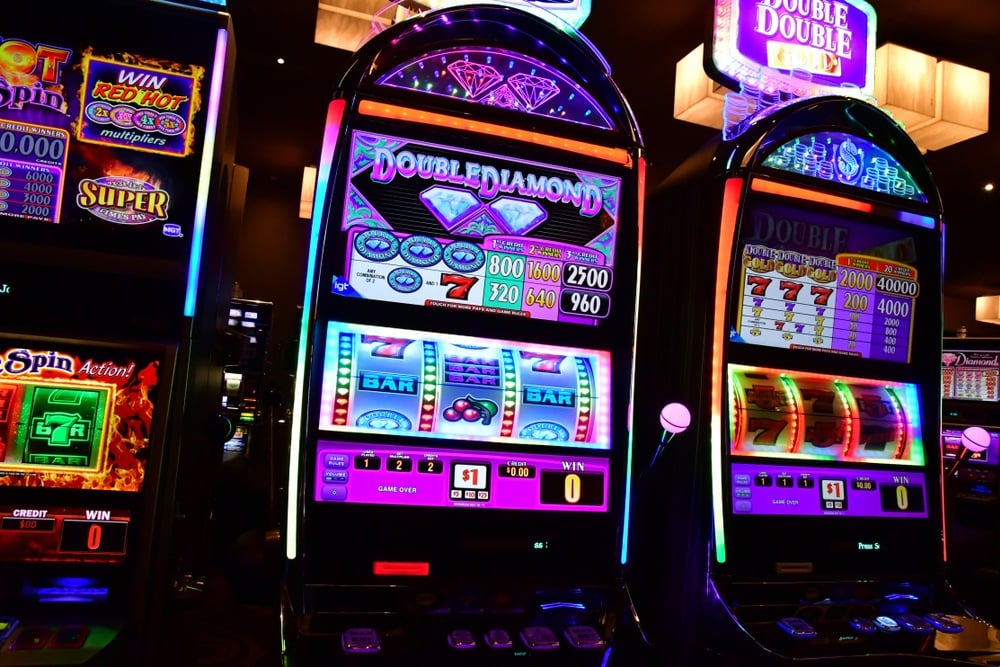
Image Credit: Pack-Shot/Shutterstock
One simple trick that seems to work for most people is to set physical and / or digital reminders. It can be something as simple as writing down your limits on a sticky note and shoving it in your pocket or setting an alarm on your phone for when you should log off.
When you hit your stop or profit point, take a break – go grab a slice of pizza, walk the casino floor, or just go back to the hotel and chill. Even better, get up and wash your hands because as a former dealer, I can tell you that casinos are filthy and almost nobody washes their hands after using the restroom…
Discipline isn’t about being boring – it’s about keeping the game fun. It’s so much better to walk away feeling like you chose to stop, rather than regretting a string of impulsive spins that blew your budget.
Bringing It All Together: Win (or Lose) Smarter
The point of all this isn’t to turn you into a professional gambler. It’s to help you have more fun without letting the slot machine dictate how your night ends.
Here’s the summary:
- Set a stop-loss: Know your limit before you start spinning. Stick to it.
- Set a take-profit: Walk away when you’re ahead. Don’t let greed erase your win.
- Manage your bankroll: Divide your funds by session and bet small to play longer.
- Understand volatility: Different machines, different risk levels. Adjust your strategy accordingly.
- Have discipline: The hardest part, but also the one that makes everything else work.
One last tip? Take a moment before you play to ask yourself: What’s my goal today? If it’s to have fun, then measure success by how long you played and how good you felt—not just by the numbers. And if you walk away with a few bucks left in your pocket after a few free drinks and a fun afternoon, then that’s just the cherry on top of two other cherries.
Happy spinning and may the RNGs be ever in your favor!
Title Image Credit: Iv-olga/Shutterstock

